Today we present 5 printable memory exercises from NeuronUP that you can’t miss and that are ideal for working with children and adults.
When I was little the teacher would assign me to read a book a month and then tell her what I had read. There is no doubt that it is a very practical exercise and it helped me strengthen my memory. But it is not, by far, the only one.
For this reason today at NeuronUP we present a series of printable memory exercises. These activities are very useful for professionals to work on memory with both children and adults and older people.
Printable memory exercises: the generators
Specifically, today we will talk about a type of exercise to work on memory that we use at NeuronUP: the generators.
- The generators are unlimited and eco-friendly activities.
- They prevent the user from memorizing the exercise and ensure they focus on the process by creating infinite versions of the same activity, which can be executed digitally or on paper.
- They are highly customizable to facilitate the introduction of meaningful stimuli.

Subscribe
to our
Newsletter
5 Printable memory exercises
Below we present five printable memory exercises.
1. From Smallest to Largest
What does it involve?
Greater than and less than is one of NeuronUP’s printable memory exercises. It consists of writing the numbers immediately higher and lower than a series of numbers.
What does this activity work on?
It is an exercise designed to work on the semantic memory.
Activity customization
Additionally, Greater than and less than can be customized to adapt it to the individual needs and abilities of each user.
General aspects
You can edit the instructions.
Parameters
You can choose whether you want your user to work only with integers or also with decimals and negative numbers. As well as decide the number range and the number of exercises that this customization will have.
For example, we customized this activity and chose integers and negative numbers, between 50 and 150 and a total of 3 exercises:

2. Organization by Categories
Another of the printable cognitive stimulation exercises we present today is Organization by Categories.
What does it involve?
This activity consists of matching items with their corresponding categories. In the following exercise, the user must write the foods in the text box on the left and the words they consider office supplies in the box on the right.
What does this activity work on?
It is an exercise designed to work on the semantic memory.
Activity customization
General aspects
You can edit the instructions.
Parameters
The professional can choose whether they want general categories to appear (foods and office supplies) or specific ones (air transport modes versus land transport modes), as we see in the image below.
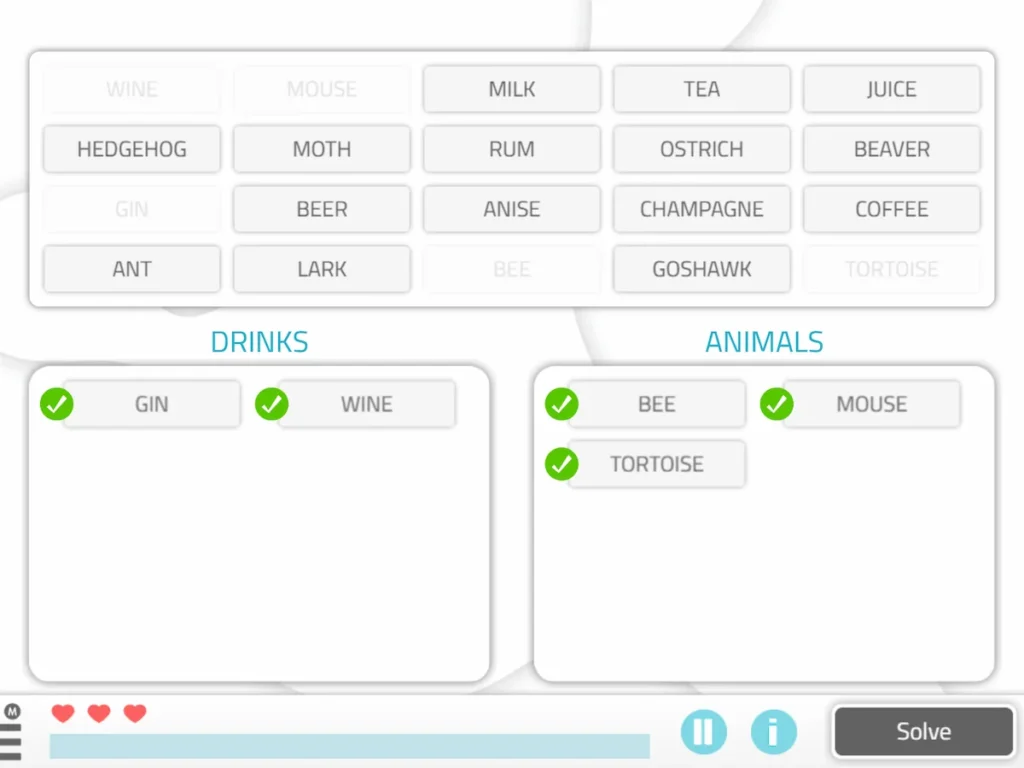
3. Tidy Up the Mess
But NeuronUP’s printable memory exercises are not just for adults. You can also work on memory with children.
What does it involve?
Tidy Up the Mess is a children’s generator in which children have to match the images with their corresponding categories. It is similar to the adult activity Organization by Categories, but in this case they have images instead of words.
What does this activity work on?
It is an exercise designed to work on the semantic memory.
In the following video, which shows this activity in digital format, the children have to place, on one side, the modes of transport and on the other, the animals.
Activity customization
This activity can also be customized to adapt it to the needs of children. Parameters and general aspects can be edited.
General aspects
You can choose the same general aspects as in the previous exercises.
Parameters
The professional can choose the number of elements they want to appear.
5. Pairs of elements and categories
The last of the printable memory exercises we present is Pairs of elements and categories.
What does it involve?
In this case the user has to write next to each word the category to which it belongs. For example, the word ‘cymbals’ should be matched with the category ‘instruments’.
What does this activity work on?
It is an exercise designed to work on the semantic memory.
Activity customization
General aspects
You can edit the instructions.
Parameters
In this case, when customizing this generator you can choose the number of elements.
If you liked this blog post about printable memory exercises, you might be interested in these NeuronUP articles:
“This article has been translated. Link to the original article in Spanish:”
5 Ejercicios de memoria para imprimir que no te puedes perder
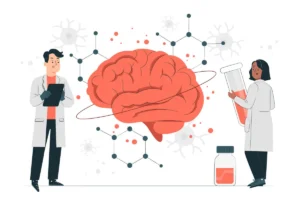
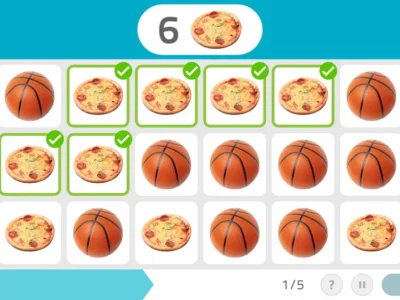
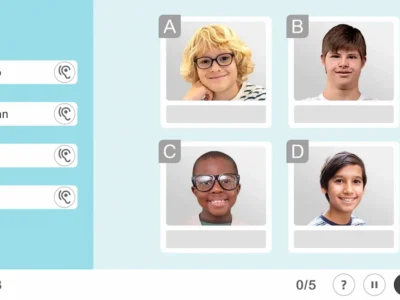

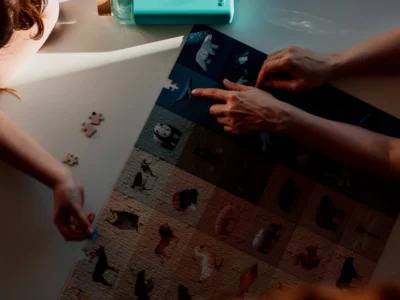


 New proposals in sensory stimulation for the treatment of chronic disorders of consciousness
New proposals in sensory stimulation for the treatment of chronic disorders of consciousness
Leave a Reply